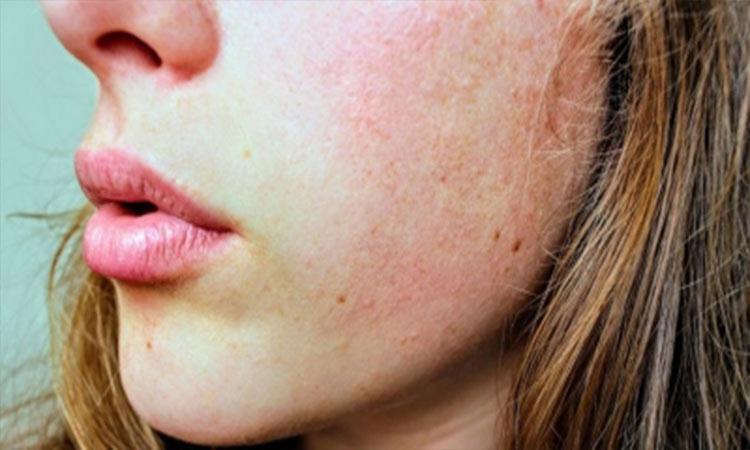Chemical peels for the skin have been around since the ancient civilizations of Egypt, Rome, and Greece. Despite the growing popularity of anti-aging treatments such as Botox or dermal fillers, chemical peeling remains popular today.
However, face peels are occasionally advertised in a way that could be deceptive. "The truth is that there is a wide range in the effectiveness and recovery time associated with facial peels. Patients are more likely to be happy with the outcome of their surgery if they know what to anticipate. It is simple to become perplexed about how chemical peels genuinely function because there are so many variations on the theme. Consequently, learn the facts regarding these through chemical peel myths," says Dr. Navnit Haror, Founder and Director of Derma Miracle Clinic who shares the top 7 Myths and the truths of this treatment.
Myth 1: Your skin will seem bright red following a chemical peel.
Truth: There are several different kinds of peels; some are light and need little recovery time, while others are much deeper. Alpha and beta hydroxyl peels are lighter peels with less exfoliation and redness, whereas deeper peels are more potent and may have greater exfoliation and redness.
Myth 2: Chemical peels cause the skin to become rough and scarred.
Truth: Permanent scarring won't be an issue if the peel is carried out by a qualified skin care specialist. Deeper peels often cause redness and peeling, but today there are many superficial choices and breakthroughs in cosmeceutical compositions that calm inflammation, repair, and rebuild the skin. The peels produce healthier, smoother, and more youthful-looking skin over the long run.
Myth 3: Chemical peels are only useful for people with skin issues.
Also Read | Astro Zindagi (Weekly Horoscope: September 12-18)
Truth: In actuality, chemical peels can benefit all types of skin, even sensitive skin. Chemical peels can prevent problems as well as treat skin that is prone to them. Skin cell turnover occurs normally every 21 to 28 days. This rate often slows down starting in the late 20s, depending on the severity of the skin damage. The cellular turnover will be boosted to stimulate healthy cell growth while exfoliating dead cells if you receive a very mild skin peel at Face Perfect Clinic, such as the alpha or beta hydroxyl acids, both of which are superficial peeling procedures.
Myth 4: Chemical peels gradually make the skin thinner.
Truth: Over time, the skin becomes thicker because superficial chemical peels encourage the production of collagen, elastin, and hyaluronic acid. The epidermal skin cells can be removed from the skin by exfoliating it numerous times, but they will always grow back. The dermis, which lacks stem cells, is affected by medium-depth and deep peels. As a result, it is possible to thin or over-exfoliate the skin. Given the intervals between deep peels and the fact that most people only get a deep peel once or twice in their lifetime, this is an unusual occurrence.
Myth 5: Only acne scars and spots can be eliminated by chemical peels; wrinkles cannot.
Truth: This is false. The majority of chemical peels have the potential to erase freckles, UV damage, fine lines, and wrinkles in addition to age spots and acne scars. In conclusion, a chemical peel administered by a professional can significantly enhance the look of the skin on the face, hands, neck, and decolletage. Your skin can look smoother and healthier after a skin peel.
Myth 6: After a peel, if I develop pimples, it means I'm either experiencing a response or my skincare specialist messed up.
Truth: Having a breakout following a peel is NOT unusual. Peels are a type of exfoliation; thus, they frequently cause the skin to become cleansed and bring items to the surface. Although they are uncomfortable, breakouts are frequently brief and an essential element of the peeling process in order to rejuvenate the skin and obtain desired outcomes.
Also Read | Mindful habits to adopt for self-care
Myth 7: Chemical peels should not be used on people with dry skin.
Truth: The truth is that chemical peels work incredibly well to cure dry skin. The restoration of the skin's natural moisture barrier and improved product penetration of your moisturizers and other hydrating products are both made possible by the elimination of dead skin.
A chemical peel is a type of cosmetic surgery that can help to reduce the look of facial ageing. During a chemical peel, a dermatologist will apply a chemical solution to your skin. This therapy removes damaged skin cells, allowing new, healthy skin to grow in its stead.


















